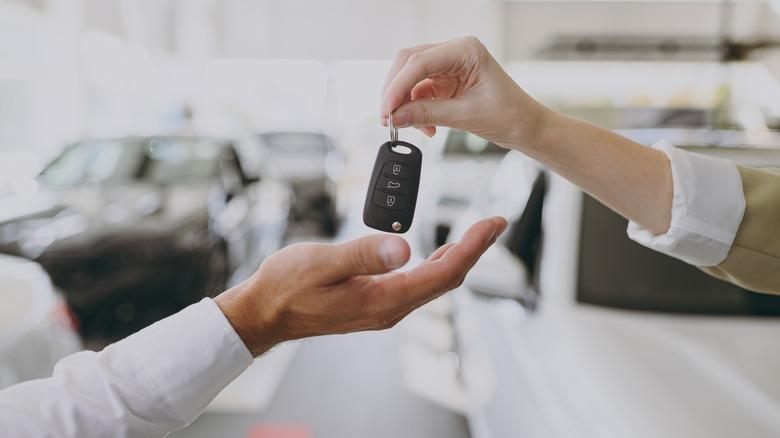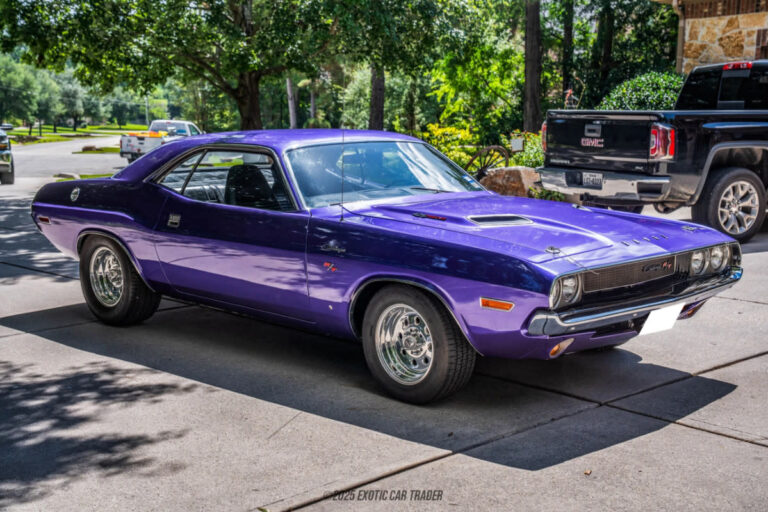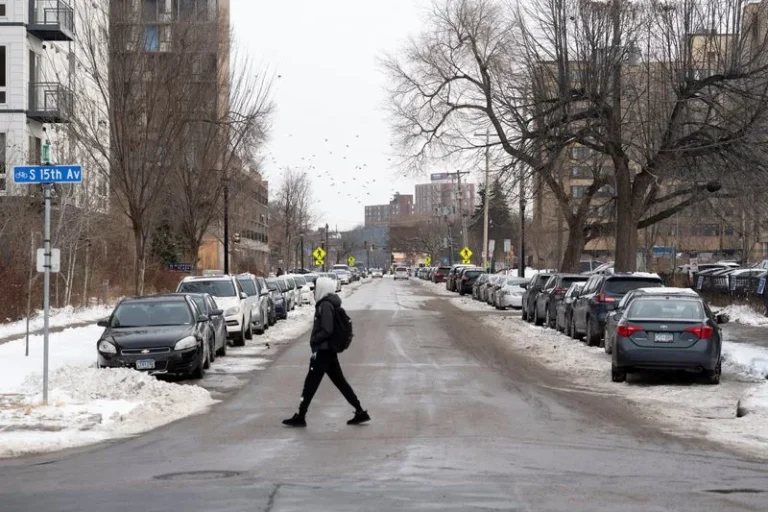
There’s more than one way to acquire a car for your daily needs. While buying one outright is the most common method, you can also lease a car. Leasing is like renting a car, but with added benefits.
While car leasing might feel similar to car subscriptions, which are available in some parts of the U.S., there’s a significant difference between them. You can subscribe to a car for a shorter duration, as little as one month. Car leasing, meanwhile, comes with a longer lock-in period, ranging from two to five years with the average term ranging from two to three years. And car subscriptions can cost more than 30% above the cost of leasing a car, making them an expensive prospect. In fact, you can lease a new car for as low as $19 a month.
At the end of a lease, you return the car to the dealership. At the dealership’s discretion, you can extend your lease, buy the car, or exchange it for another, newer car. And at a time when high car prices make it feel like new cars really are just for rich people, leasing can make a lot of sense. Leasing is preferred if you want access to newer cars every few years, don’t drive around that much, and don’t mind not owning the vehicle outright.
Read more: How Much Do Car Salespeople Make? The Pay Structure Explained
Pros And Cons Of Car Leasing

There are other advantages to leasing a car. Leasing usually entails lower monthly payments than you’d incur when opting for a car loan. Most leases also cover maintenance and nominal repairs. However, they do not cover extreme damage. Leasing also works out well if you are temporarily relocating to a new state, as you avoid the hassle of buying a car, maintaining it, and selling it at a loss when you move away.
The biggest downside of leasing is that you never own the car. At the end of the lease, you get nothing. In fact, expect to pay for any damage to the bodywork or interior when you return it. Also, there is an annual cap on mileage, usually around 10,000 to 15,000 miles. Any extra mileage incurs penalties, which could range from 12 to 30 cents per extra mile. If you want to get out of the lease before it expires, expect to pay a penalty as well. There are a lot more reasons why leasing a car is a bad idea, too.
Car Lease Vs. Car Loan

A few factors differentiate a car lease from a car loan, besides the obvious one about who owns the vehicle. A lease involves a lower down payment and monthly payments than a loan. That’s because you return the car at the end of the lease, so you pay for the estimated depreciation of the car’s value instead of the entire car’s value. While a lease covers repairs, you don’t have the freedom to customize the car, as it’s not your property. Also, you can get a car loan at most financial institutions, while leases are mostly exclusive to dealerships. The ease of getting a car loan makes them extremely popular, and Americans’ largest debts other than mortgages.
Getting out of a car loan needs different steps than opting out of a lease plan, too. You can refinance a loan, renegotiate loan terms, pay it off early, or even sell the car. With a lease, your options are trading your leased car for a new car with a new lease, transferring the lease to another person, purchasing the car outright by paying its value at the end of the lease, or paying a termination fee.
At the end of the lease, you have to return your vehicle and pay a disposition fee. This fee includes the cost of ownership transfer and repairs, if needed. If you buy your leased car instead, the price includes its value at the end of the lease and additional applicable taxes














